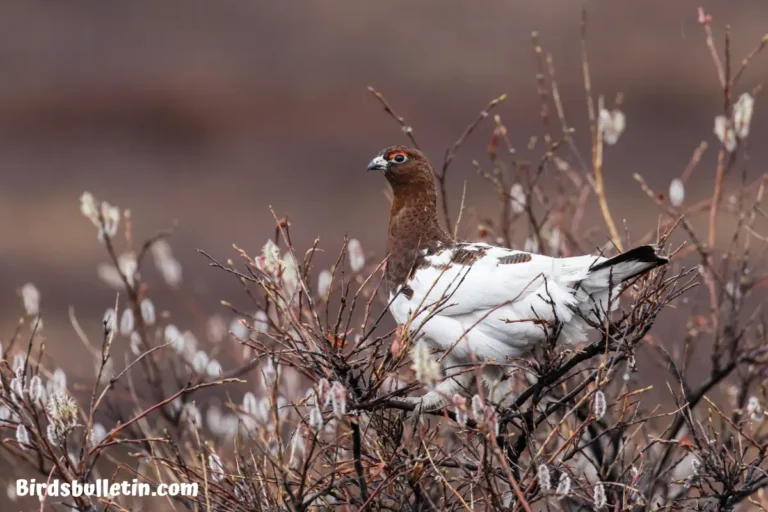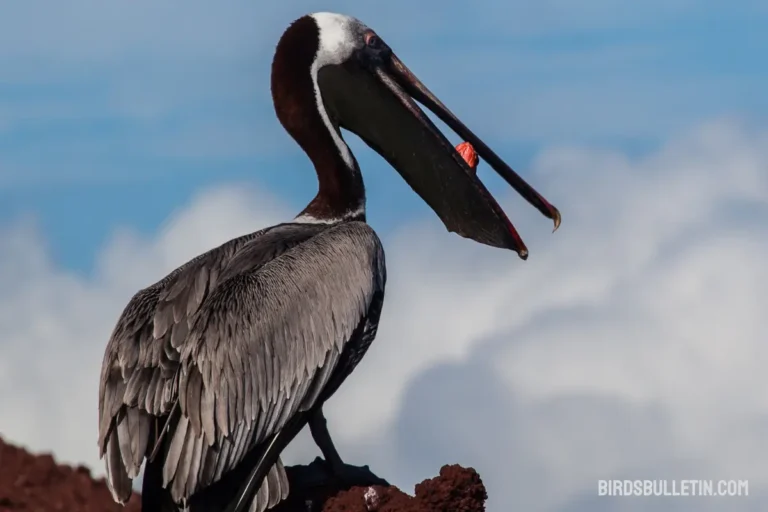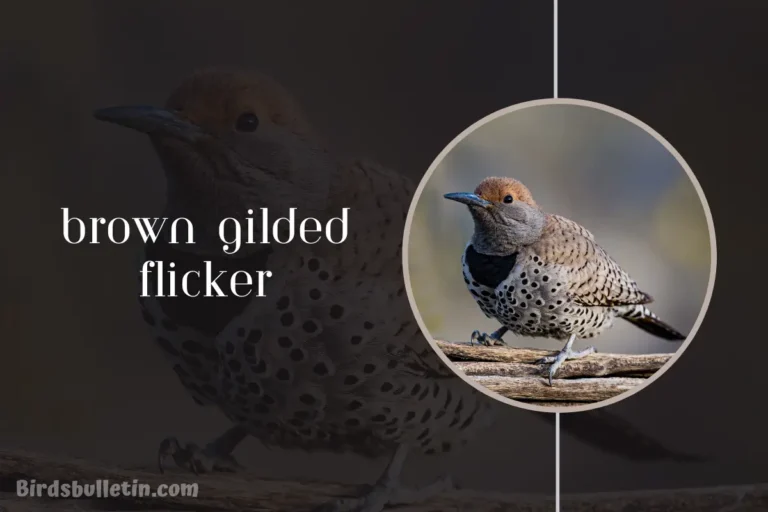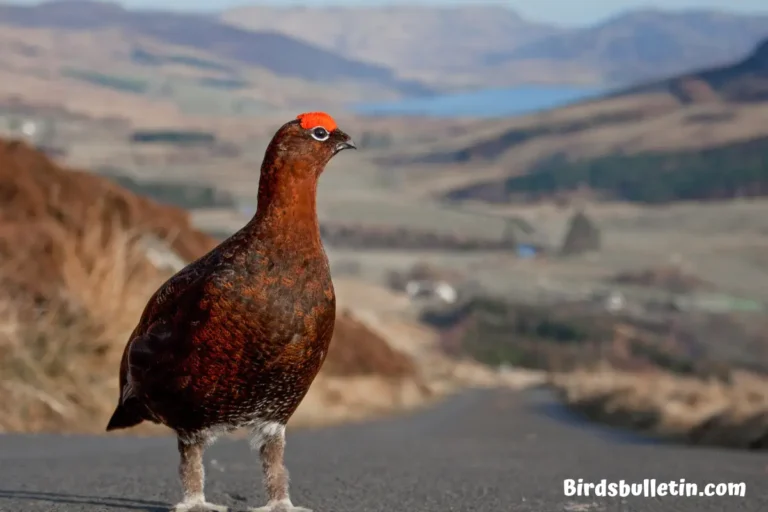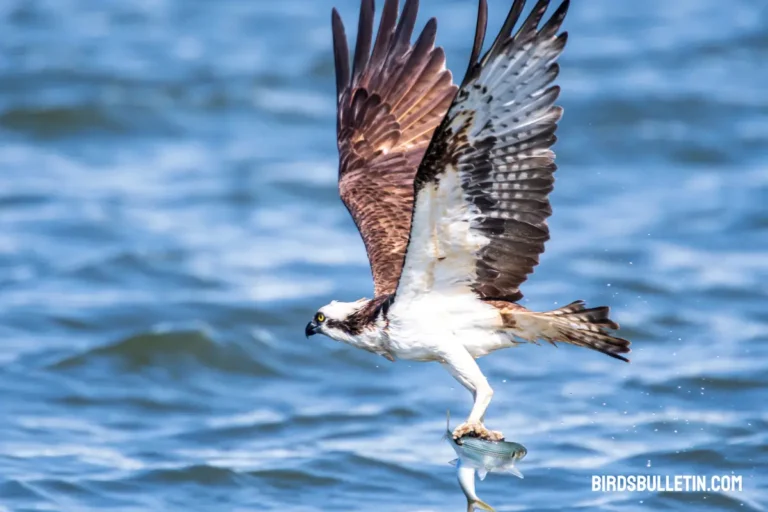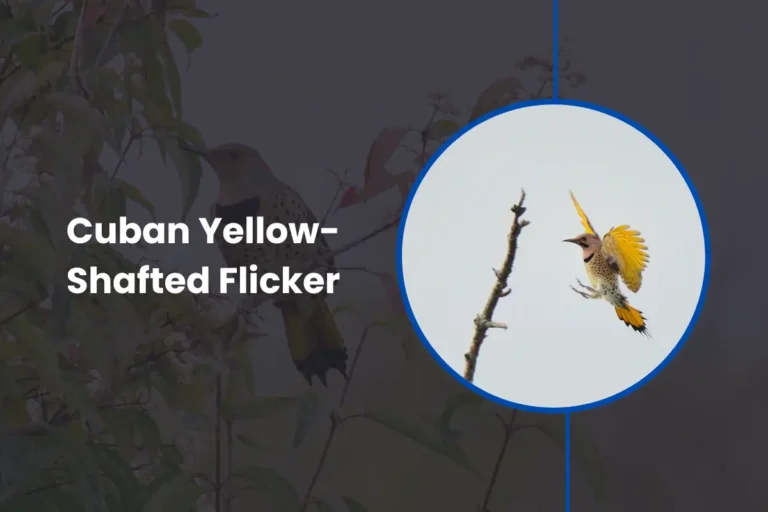What Do Northern Flickers Eat?
The Northern Flicker (Colaptes Auratus) eats a wide variety of foods that vary by season. Their diverse diet allows them to thrive in most habitats across their range.
This bird uses its long, barbed tongues to spear and lap up ants on the ground and in trees. They also drill into trees and use their tongues to probe for beetle larvae and other insects. Take a glance at their food habits.
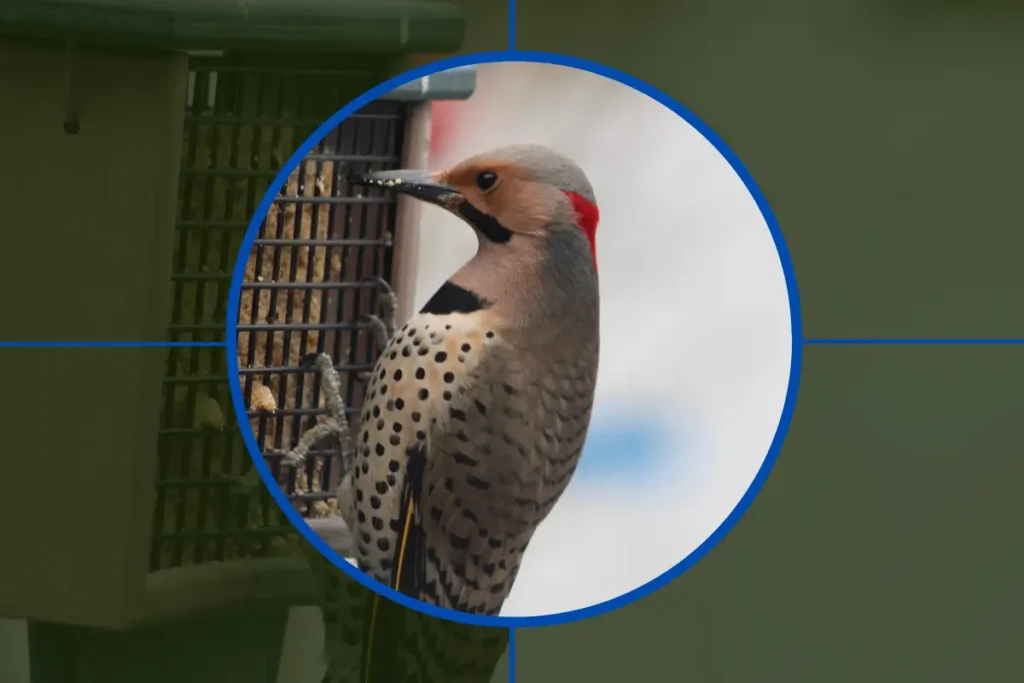
Interested in similar topics on birds food:
Favorite Foods Of Northern Flicker
| Food | Details |
|---|---|
| Ants | Preferred food year-round, especially carpenter ants |
| Beetles | Both adult and larvae |
| Berries | Elderberries, blackberries, serviceberries |
| Seeds | Sunflower, thistle, grass |
| Nuts | Acorns, beechnuts |
Flickers supplement their insect diet with a variety of fruits, seeds, and nuts. Their unique eating habits make the Northern Flicker one of the most adaptable woodpecker species.
How Do Northern Flickers Gather Food?
Northern Flickers have several key adaptations that allow them to find and consume their diverse diet.
- Versatile Bill: Their slightly curved bill is strong enough to hammer into the wood but can also be used to lap up ants on the ground. The long, barbed tongue can spear insects deep in trees.
- Feet: Flickers have four toes, two pointing forward and two back. This zygodactyl foot configuration provides grip and balance on vertical surfaces. The sharp claws are used to dig and expose ants and beetles.
- Vision: Excellent vision allows flickers to spot insects on the forest floor from high up on a tree. Their eyes have enhanced color perception compared to other birds.
- Habitat: Flickers forage primarily on the ground but also glean insects from trees. They frequent open woods, edges, yards, and meadows. This flexibility allows them to find food in diverse areas.
What Do Northern Flickers Eat in Winter?
This bird overwinters in their breeding range must adapt to harsher conditions. Below are some key winter food sources:
Fruits: Flickers rely more on fruits like dogwood, juniper, sumac, and grapes during winter when insects are scarce. Berry-producing shrubs are critical winter habitat.
Nuts: Drill into acorns and beechnuts buried under the snow for essential fat and protein. They also eat shagbark hickory nuts.
Seeds: Weed seeds, waste grains, and fruits like Eastern red cedar are important when other foods are limited. Backyard bird feeders may provide sunflower seeds.
Ants: They continue to eat ants in winter using specialized tongues. Carpenter ants that nest in dead trees provide essential winter protein.
Roosts: Roost communally in winter for warmth. They opportunistically sally out to feed on insects.
What Do Baby Northern Flickers Eat?
Parent Northern Flickers feed their young a high-protein diet during the breeding season to ensure proper growth and development:
- Insects Parents regurgitate ants, beetles, caterpillars, crickets, and other soft-bodied insects to nestlings. Ants are a preferred food source.
- Fruits Berries may be fed to nestlings after ants as an energy source. Elderberries, serviceberries, and blackberries are common fruits.
- Seeds Parents start providing seeds later in development to transition nestlings to adult foods.
- Calcium Adults selectively provide calcium-rich food like snail shells to meet the calcium needs of rapidly growing nestlings.
The protein-rich insect diet fed by attentive parents allows young Northern Flickers to fledge the nest at 25-28 days old. Fledglings follow parents and mimic their foraging.
Frequently Asked Questions
01. How much do Northern Flickers eat per day?
Northern Flickers eat approximately 1/3 to 2/3 cups of food daily. Their diet is about 90% animal matter like ants and 10% plant foods like fruit. The amount varies by season, with more insects consumed in spring/summer, and more plant foods in fall/winter.
02. Where do Northern Flickers forage for food?
Northern Flickers forage primarily on the ground, probing for ants and beetles with their specialized tongue. They also glean insects from tree trunks and will fly out to catch insects in flight. Berry bushes, seeds, and nuts are gathered across open habitats.
03. What time of day are Northern Flickers most active?
Flickers are most active in the early morning and again in late afternoon until dusk as they seek out ants and other insect prey. Midday is usually spent perched quietly digesting their food.
04. How do Northern Flickers help control ants?
Northern birds are voracious predators of ants, with ants making up around 60% of their diet. Carpenter ants are a preferred food source. By constantly foraging for and eating ants they help to control ant populations.
Conclusion
Northern Flickers are unique among woodpeckers because of their diverse diet and foraging behaviors. Their ability to eat ants, beetles, fruits, seeds, and nuts by probing, pecking, digging, lapping, and gleaning allows them to thrive across North America.
Flickers play an important ecological role as predators of ants and creators of nesting cavities used by other wildlife.
References:
- Wiebe, K. L., & Moore, W. S. (2017). Northern flicker (Colaptes auratus). In Birds of North America online. Ithaca, New York: Cornell Lab of Ornithology.
- De Graaf, R. M., Tilghman, N. G., & Anderson, S. H. (1985). Foraging guilds of North American birds. Environmental Management, 9(6), 493-536.
- Koenig, W. D., Liebhold, A. M., Bonter, D. N., Hochachka, W. M., & Dickinson, J. L. (2013). Effects of the emerald ash borer invasion on four species of birds. Biological Invasions, 15(9), 2095-2103.


